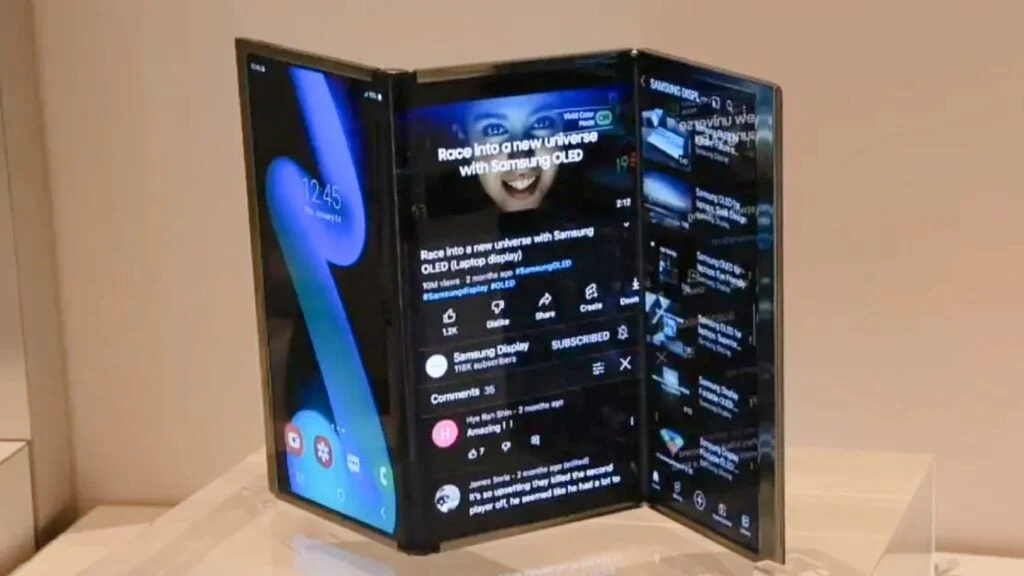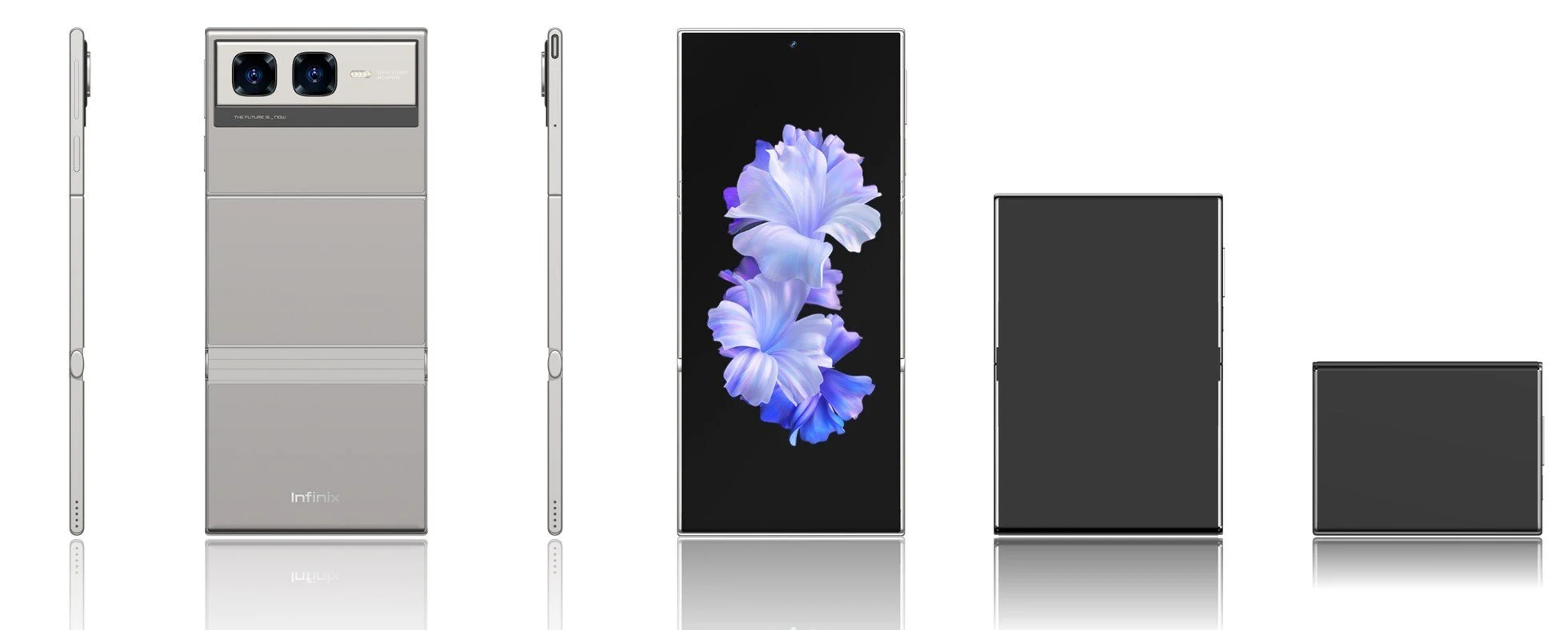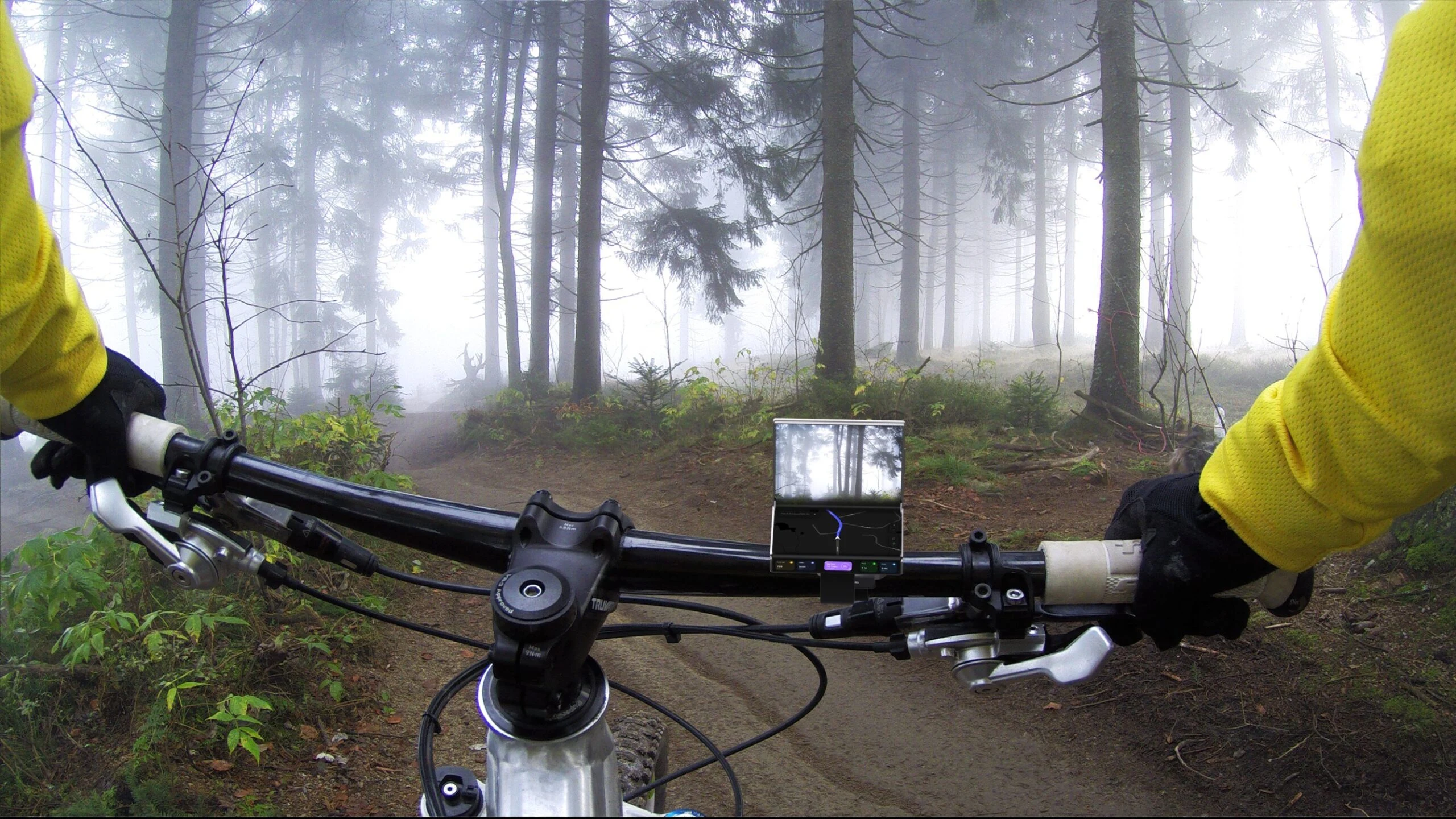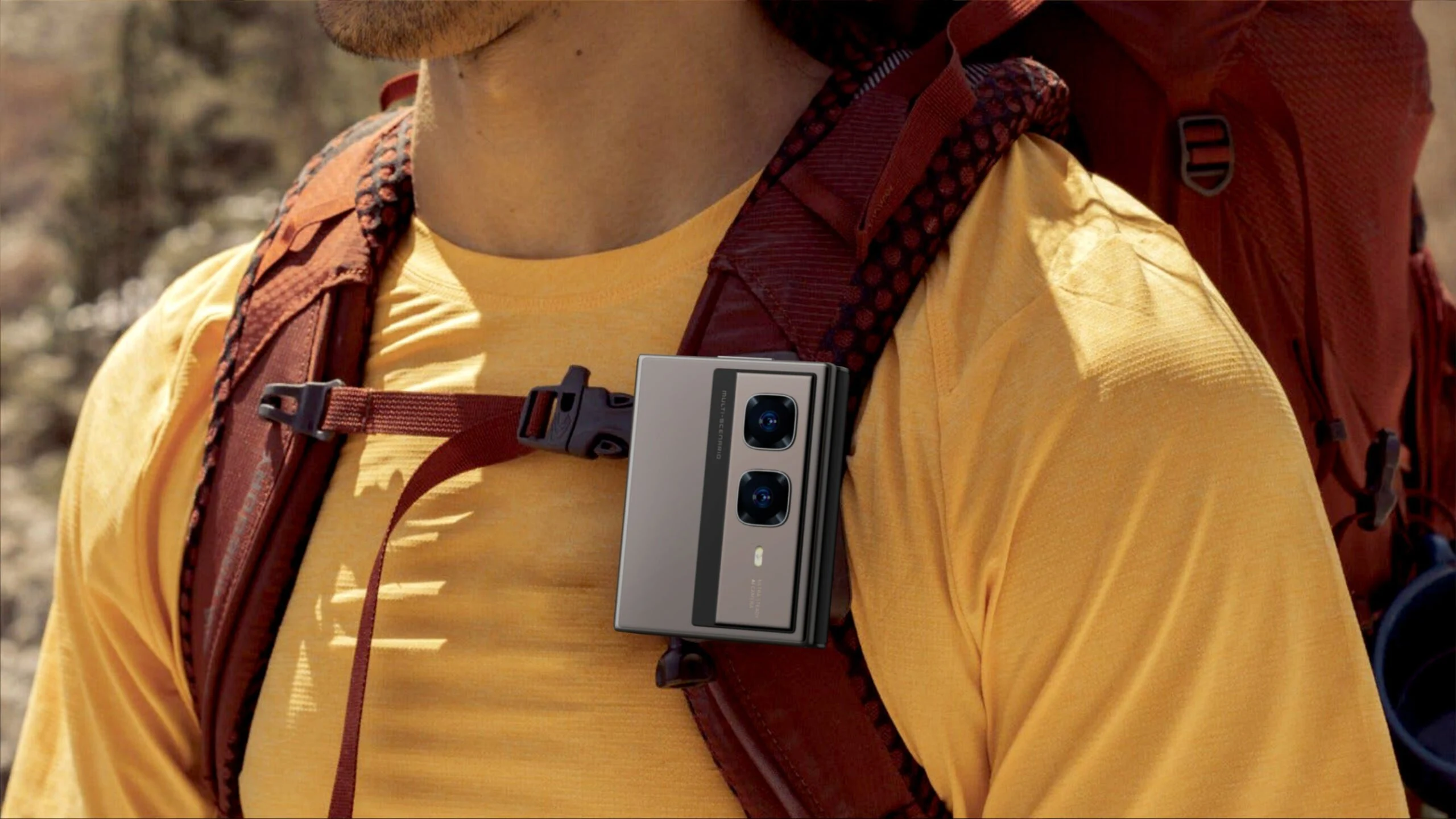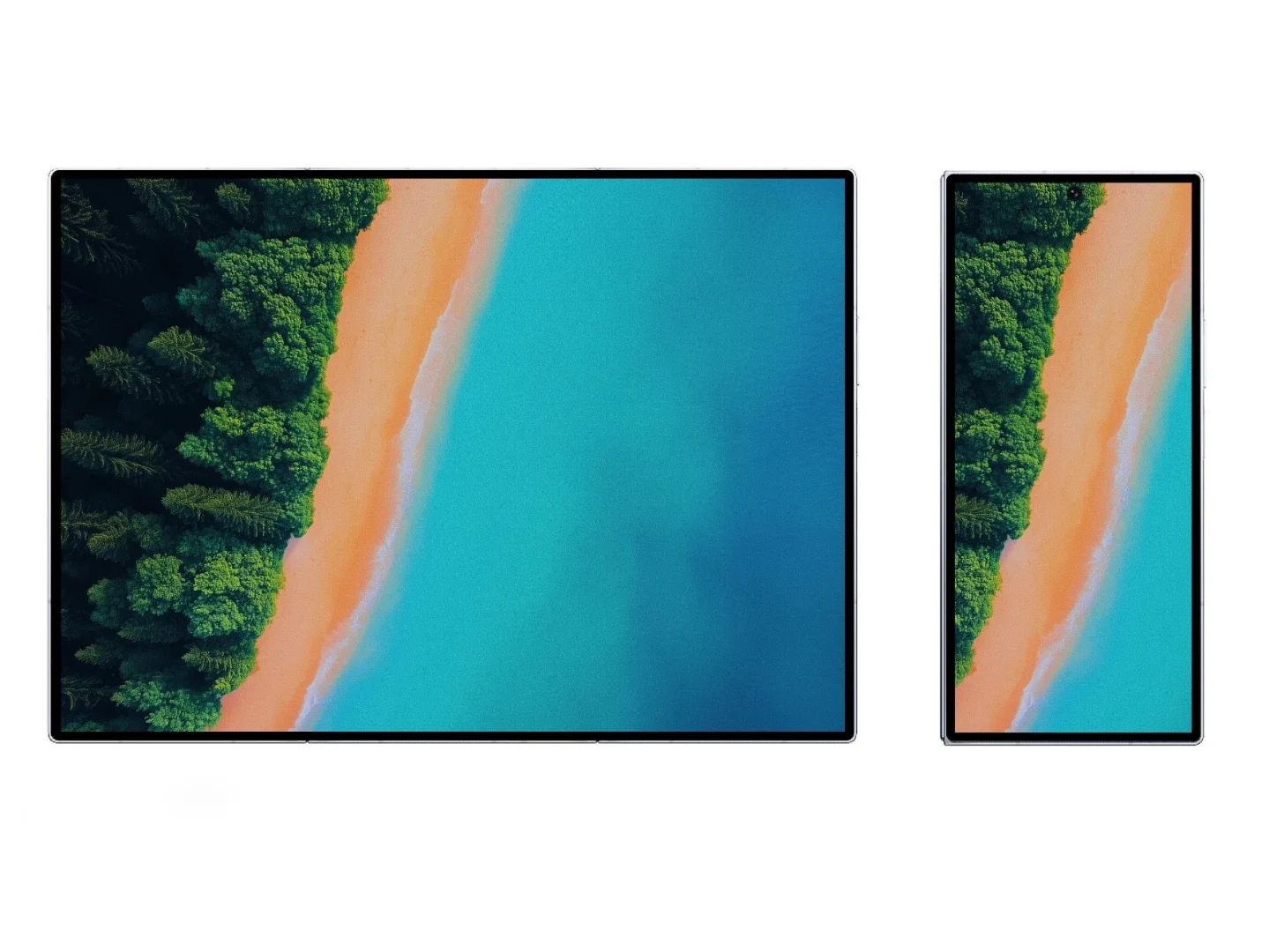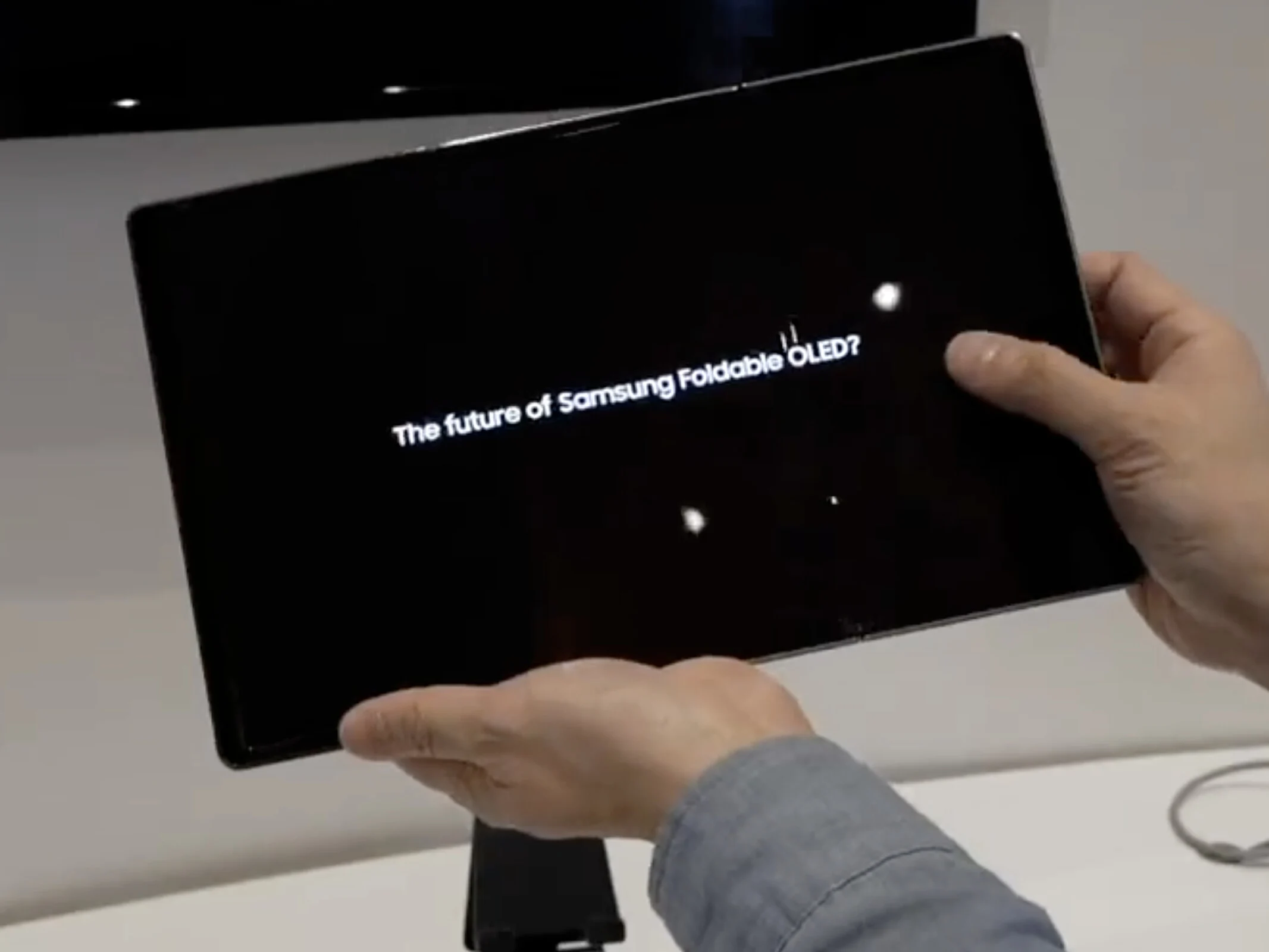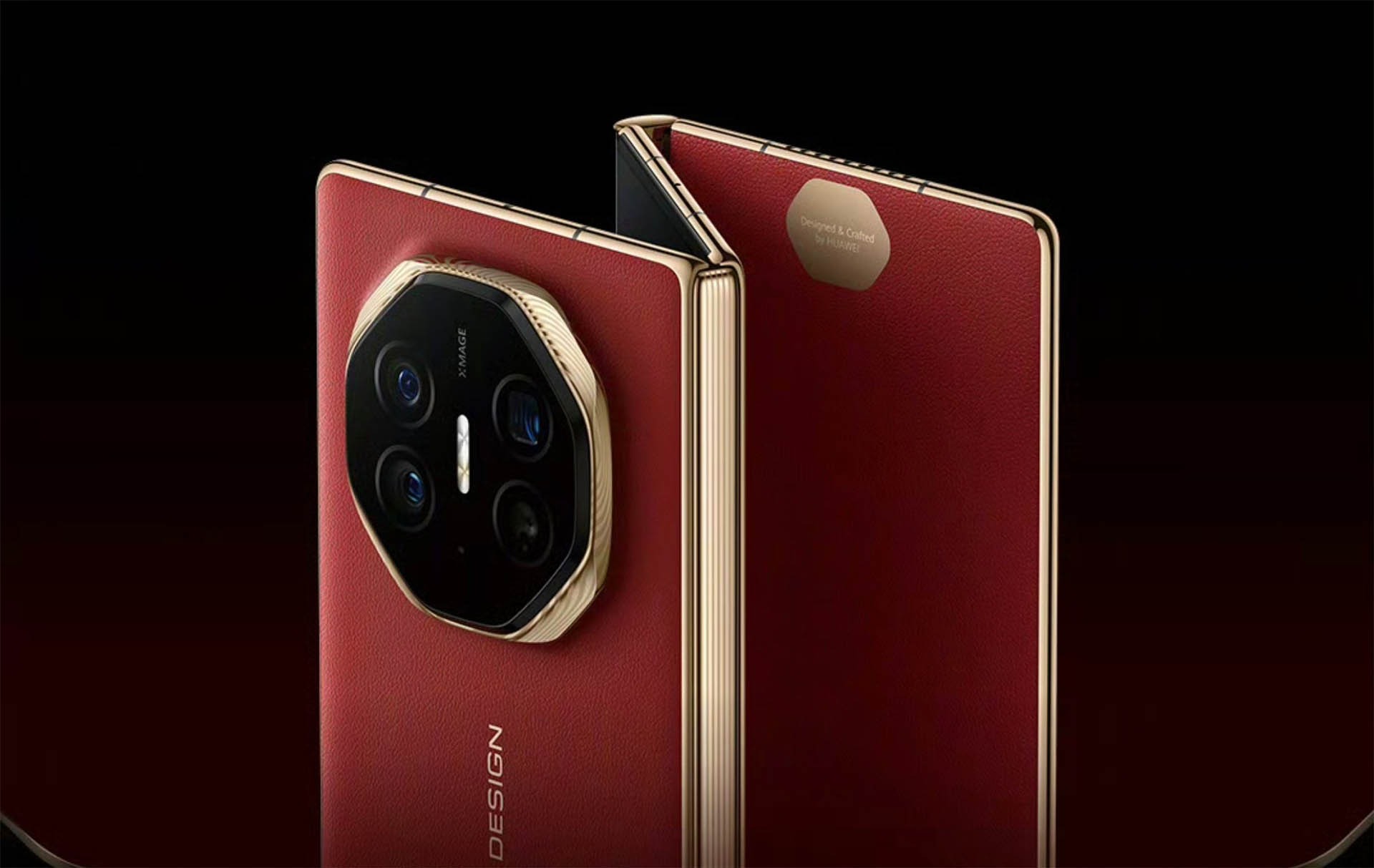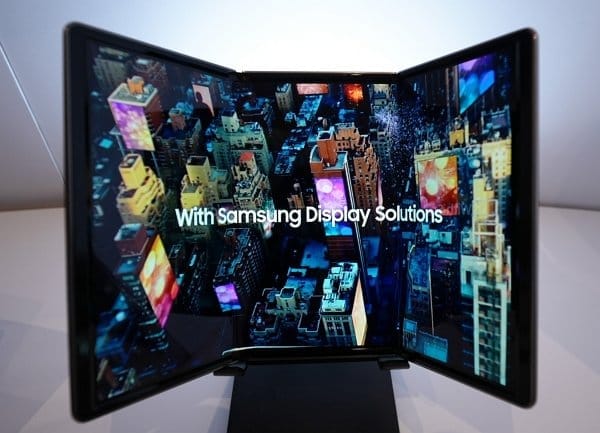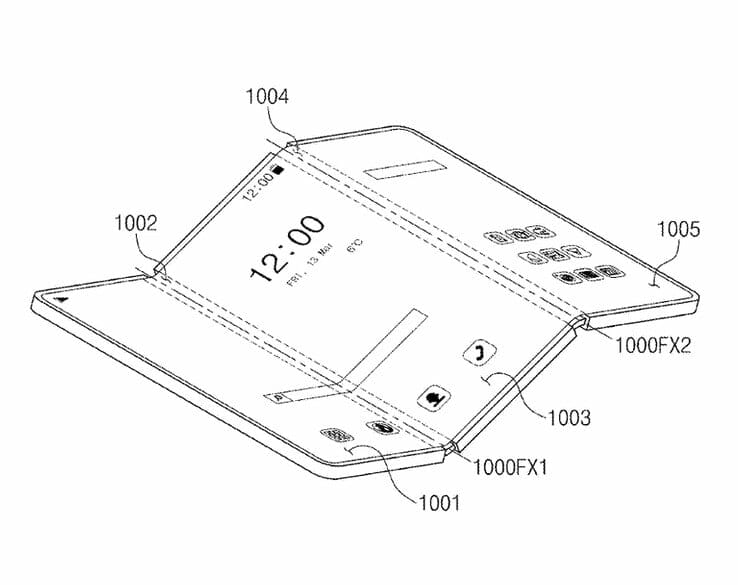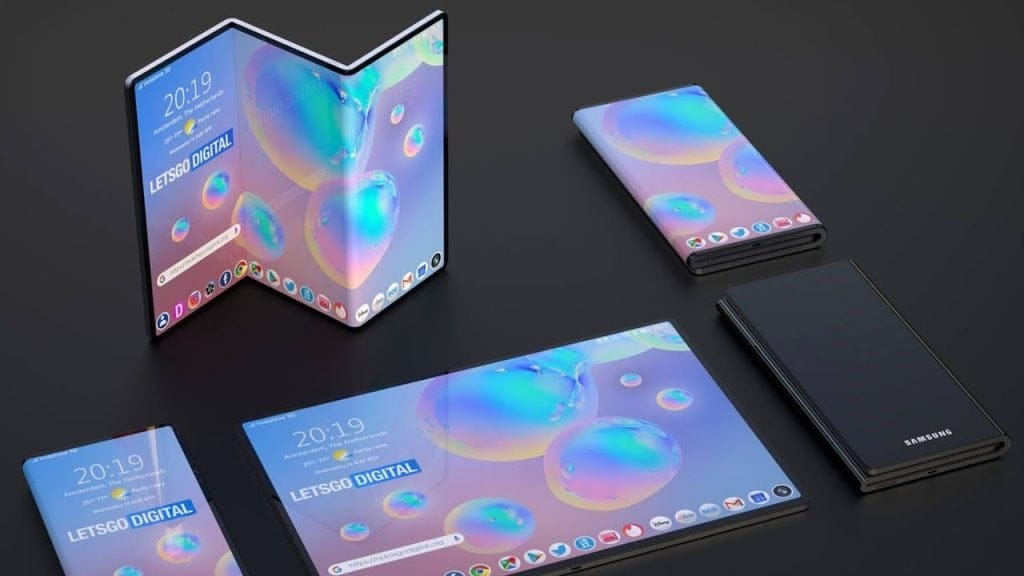Key Takeaways
1. Charging Speed Limitations: The new tri-fold smartphone may only support a disappointing 25W charging speed, which is lower than mid-range models like the Galaxy A56 and A36.
2. Samsung’s Charging Strategy: Samsung appears to prioritize battery life over faster charging, maintaining a 25W limit across multiple foldable models, unlike competitors that offer much higher speeds.
3. Design Choices: The device may use a hole-punch camera design instead of an under-display camera, potentially to reduce costs or complexity, while competitors like Apple are opting for under-display technology.
4. Limited Production: Samsung plans to produce only 200,000-300,000 units of the tri-fold phone, indicating a cautious market strategy that may start with South Korea and a few other regions.
5. Launch Timeline: The tri-fold smartphone is expected to be revealed in Q4 2025, with a potential launch by the end of that year or early 2026.
Samsung’s new tri-fold smartphone, hinted at during the Galaxy S25 launch in January 2025, has certainly caught a lot of eyes, although not all the feedback is positive. A recent leak from an X user, @PandaFlashPro, indicates that this high-end gadget might be limited to a disappointing 25W charging speed. This is a letdown for a foldable device that’s expected to lead the way in other features. With a planned launch in Q4 2025, here’s why fans are feeling let down.
Charging Speed Concerns
The tri-fold phone, which may be called the “Galaxy G Fold,” aims to revolutionize the market with a 10-inch display that unfolds and a 6.49-inch cover screen, comparable to the Galaxy Z Fold 7’s exterior. However, recent evaluations show it charging at only about 23 to 24W, which will probably be branded as 25W. This is disappointing, especially when mid-range models like the Galaxy A56 and A36 charge at 45W.
Samsung’s Charging Strategy
This trend isn’t surprising for Samsung’s foldable devices—the Galaxy Z Fold 6 is also capped at 25W, and a certification listing suggests that the Z Fold 7 and Z Flip 7 will have the same limitation. Samsung seems to favor battery life over charging speed, which is different from competitors like OnePlus that offer over 100W on some devices. However, there isn’t much solid proof that faster-charging devices have significantly worse battery longevity compared to their slower counterparts. For a high-end tri-fold that may come with a hefty price tag—potentially competing with Huawei’s $2,800 Mate XT—Samsung’s 25W limit feels quite outdated.
Design and Market Strategy
In addition to this, the tri-fold may forego an under-display camera in favor of a hole-punch design, possibly to keep costs low or reduce complexity. Interestingly, Apple is said to be including an under-display camera in its first foldable iPhone. Moreover, Samsung is reportedly limiting the production of the tri-fold to 200,000-300,000 units, indicating a cautious approach, likely starting with South Korea and a few other markets. A reveal in Q4 2025 could suggest a launch by the end of the year or early 2026. Although the innovative design is thrilling, the 25W charging limit may leave power users feeling unsatisfied and sometimes annoyed.


